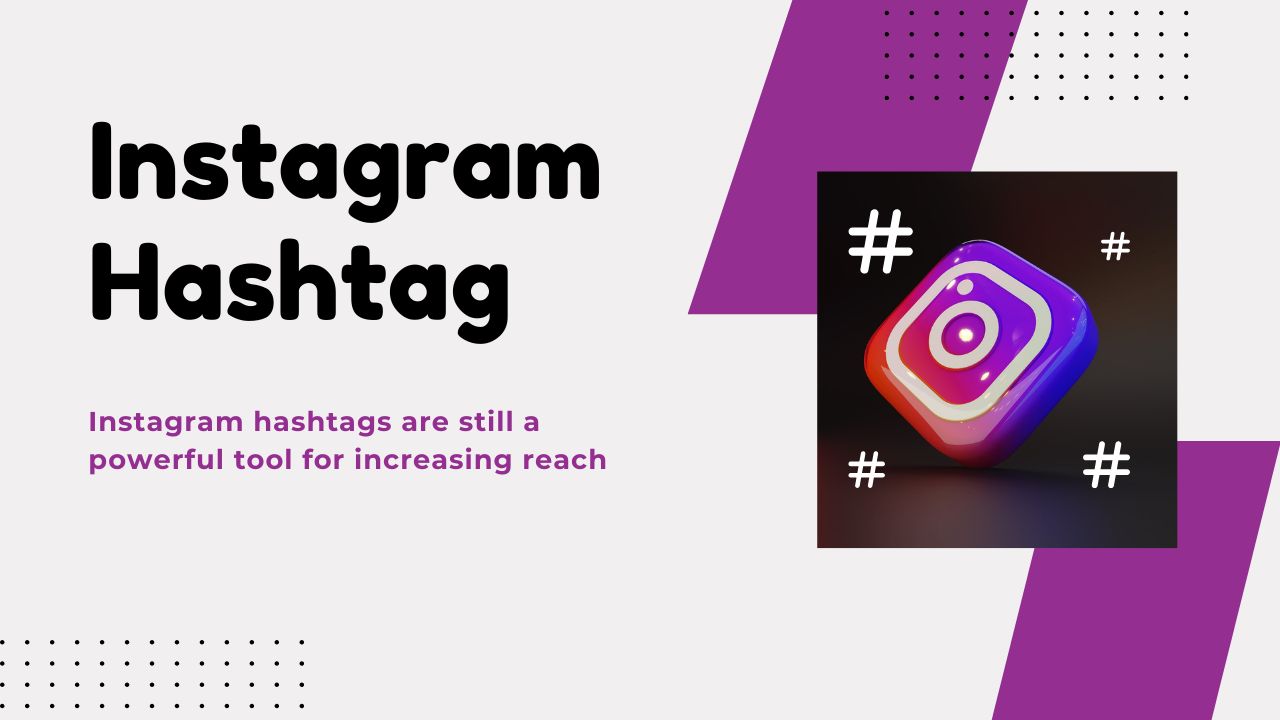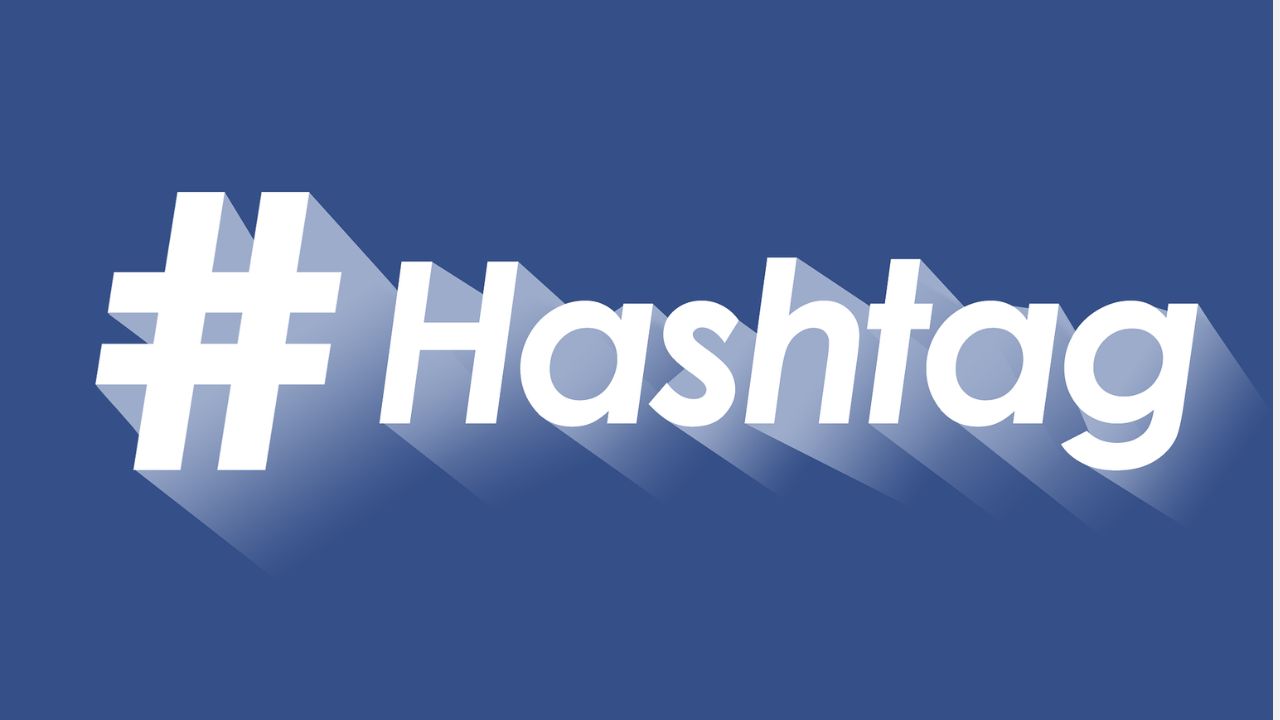In 2025, Instagram hashtags are still a powerful tool for increasing reach, boosting engagement, and growing your audience. However, with algorithm changes and the removal of the ability to follow hashtags, their impact has evolved. If you’re wondering how to use Instagram hashtags strategically without spamming your posts, this guide is for you.
Let’s break down how to choose, place, and optimize your hashtags to maximize your engagement this year.

How Many Hashtags to Use on Instagram?
Instagram allows up to 30 hashtags per post, but that doesn’t mean you should use them all. Research in 2025 suggests that the best-performing posts use 3 to 5 well-chosen hashtags rather than a long list.
How Many Hashtags to Use on Instagram?
- Helps avoid looking spammy or desperate for reach.
- Keeps captions clean and professional.
- Encourages the algorithm to focus on content relevance rather than excessive tagging.
- Prevents engagement dilution by ensuring better categorization of content.
Optimal Hashtag Range Based on Content Type
- Feed Posts: 3-5 hashtags for best engagement.
- Reels: 3-7 hashtags, as Reels tend to perform well with a slightly broader reach.
- Stories: 1-3 hashtags, as too many can clutter the visual appeal.
Does Using More Hashtags Reduce Engagement?
Yes, using excessive hashtags can lower engagement. The Instagram algorithm in 2025 is optimized to detect spammy behavior, and excessive hashtags can signal low-quality content. Instead of reaching more users, your post may get deprioritized in the feed and Explore page.
How to Select the Right Number of Hashtags:
Instead of using all available 30 slots, focus on:
- Relevance: Ensure hashtags align with the content and target audience.
- Mixing Broad & Niche Hashtags: A combination helps reach both mass and specific audiences.
- Testing & Tracking: Analyze which hashtag combinations generate the highest engagement and adjust accordingly.
By keeping hashtags concise, relevant, and strategic, you can maximize their effectiveness without harming engagement.
How to Choose the Right Hashtags for an Instagram Post
Not all hashtags are created equal! To truly boost engagement, use a strategic mix of hashtags that cater to your target audience.
Types of Hashtags to Use:
- Branded Hashtags – Unique to your business (e.g., #NikeRunClub).
- Industry-Specific Hashtags – Relevant to your niche (e.g., #DigitalMarketingTips).
- Trending Hashtags – Timely and popular but must be relevant (e.g., #AIforMarketing).
- Niche Hashtags – Less competition but higher engagement (e.g., #HandmadeJewelryLovers).
- Community Hashtags – Created around interests or movements (e.g., #FitnessMotivation).
- Event Hashtags – Used for conferences, product launches, or seasonal events (e.g., #CES2025).
How to Find the Best Hashtags:
- Research Competitors – Analyze what hashtags industry leaders and competitors are using.
- Instagram Search Bar – Check the post volume and trending hashtags.
- Instagram Insights – See which hashtags drive engagement on your posts.
- Third-Party Tools – Apps like Hashtagify, Display Purposes, and Later help identify trending and niche tags.
- Explore Page Analysis – Check trending content to see common hashtags used in viral posts.

Best Practices for Hashtag Selection:
- Relevance is key – Always use hashtags that accurately represent your content.
- Mix different hashtag sizes – Combine broad hashtags (millions of posts) with niche hashtags (thousands of posts) for better visibility.
- Avoid overused or banned hashtags – Some hashtags are flagged for spam and can hurt your reach.
- Update hashtags regularly – Trends change, so refresh your hashtag strategy periodically.
- Test and optimize – Track performance and tweak your hashtag strategy based on insights.
By carefully selecting and refining your hashtag strategy, you can ensure higher engagement and visibility for your Instagram posts.
How to Put Hashtags on Instagram: Best Placement Strategies
Where you place your hashtags can affect your engagement and post aesthetics. Here are the best ways to incorporate hashtags into your Instagram strategy:
1. In the Caption (Best for Immediate Visibility)
- Naturally integrate 3 to 5 hashtags into your caption.
- Works best for storytelling posts and product descriptions.
- Keeps the hashtags directly associated with the content for immediate indexing.
2. In the First Comment (Keeps Captions Clean)
- Add hashtags in the first comment after publishing.
- Keeps your captions visually appealing while still benefiting from hashtag reach.
- Useful for brands and influencers who prefer a minimalistic caption aesthetic.
3. Stories & Reels (Boosts Discoverability)
- Use 3 to 5 hashtags in Instagram Stories to appear in hashtag searches.
- Add hashtags in Reel descriptions to enhance visibility.
- Ensure hashtags are placed strategically (e.g., hidden behind stickers or resized to blend into the design if needed).
4. In IGTV & Instagram Live Descriptions
- For long-form content, include relevant hashtags in IGTV video descriptions.
- Boost discoverability on Live videos by adding hashtags in the description or comments.
5. Avoid Banned or Overused Hashtags
- Some hashtags are flagged for inappropriate content or spam.
- Always check Instagram’s guidelines before using hashtags like #followforfollow, which could reduce your reach.
- Avoid generic, overused hashtags like #love or #instagood that have excessive competition.
6. Hashtags in Instagram Guides & Highlights
- If you’re creating Instagram Guides, include relevant hashtags to increase discoverability.
- For Highlights, ensure that Stories with hashtags are saved so users can engage with them long-term.
By strategically placing hashtags in different areas of Instagram, you can maximize visibility while keeping your content professional and engaging.
Tracking and Adjusting Your Hashtag Strategy
Using hashtags effectively isn’t a one-time process. You need to track performance and adjust your strategy over time.
How to Analyze Hashtag Performance:
- Instagram Insights – Shows which hashtags bring the most engagement.
- Third-Party Analytics – Tools like Later and Sprout Social provide deeper hashtag data.
- A/B Testing – Experiment with different hashtag combinations to see what works best.
- Hashtag Engagement Rate – Compare the engagement rate of posts with different hashtags to determine the most effective ones.
How to Adjust Your Hashtag Strategy:
- Identify underperforming hashtags – If a hashtag consistently brings little to no engagement, replace it.
- Experiment with new hashtags – Try different niche and trending hashtags to see what resonates with your audience.
- Monitor competitors – Analyze the hashtags used by competitors in your industry to find inspiration.
- Rotate your hashtags – Avoid using the same set of hashtags repeatedly, as Instagram may flag it as spammy behavior.
- Use location-based hashtags – If you target a local audience, include geo-specific hashtags for better reach.
By continuously monitoring and adjusting your hashtag strategy, you can ensure that your posts remain discoverable and continue to drive engagement.
The Evolution of Instagram Hashtags in 2025
Instagram’s hashtag system has undergone significant changes in recent years. Once the go-to strategy for gaining visibility, hashtags are now just one of several factors influencing engagement. The algorithm is more sophisticated, prioritizing high-quality content over excessive hashtag usage.
Key Changes in Instagram Hashtags for 2025:
1. Hashtag Following Feature Removed:
- In previous years, users could follow specific hashtags to see related posts in their feeds. This feature is no longer available, reducing passive reach from hashtags alone.
- Now, hashtags work as an indexing tool rather than a direct engagement driver.
2. Relevance Over Quantity:
- The old method of stuffing 20-30 hashtags into a post no longer guarantees better engagement.
- The algorithm now favors posts with a smaller set of highly relevant hashtags, typically 3-5 per post, ensuring better audience targeting.
3. Hashtags as a Secondary Ranking Factor:
- While hashtags help categorize content, Instagram now prioritizes other engagement signals, such as saves, shares, and meaningful interactions (comments and DMs).
- Posts with stronger engagement tend to rank higher in hashtag searches, making content quality more important than hashtag volume.
4. Hashtag Search Optimization:
- Instagram’s search function has become smarter, with AI-powered recommendations guiding users toward more specific and relevant content.
- Using niche and specific hashtags rather than broad, highly competitive ones increases discoverability.
5. Hashtags in Stories & Reels:
- While hashtags in feed posts have reduced impact, Stories and Reels hashtags continue to enhance discoverability.
- Users searching for a hashtag may still see related Stories and Reels in the Explore section, making it crucial to optimize content for these formats.
6. Avoiding Banned or Overused Hashtags:
- Some hashtags become flagged due to misuse or association with spammy content.
- Using banned hashtags can limit post visibility or even lead to shadow banning, making it essential to regularly check for restricted hashtags.
What This Means for Your Hashtag Strategy
- Instead of adding as many hashtags as possible, focus on relevance and engagement.
- Hashtags still help Instagram categorize your content, but their ability to boost reach is now tied to how engaging your post is.
- Using a mix of niche, branded, and trending hashtags is more effective than relying on generic high-competition hashtags.
- Regularly track hashtag performance and adapt your strategy based on insights from Instagram analytics.
The evolution of Instagram hashtags in 2025 signals a shift from quantity-based reach to strategic content optimization. Hashtags still matter, but they should be used wisely, complementing a broader engagement-focused strategy.
FAQs
Use Instagram’s search bar, competitor analysis, Instagram Insights, and third-party tools like Hashtagify and Later.
Yes, rotating hashtags prevents your content from being marked as spam and helps test different strategies for engagement.
Yes! Hashtags in Stories and Reels improve discoverability and can help your content appear in Explore searches.
Conclusion
Hashtags are still valuable for Instagram growth, but the way we use them has changed in 2025. Instead of stuffing your posts with dozens of hashtags, focus on:
- Using 3 to 5 highly relevant hashtags.
- Prioritizing niche, trending, and branded hashtags.
- Placing them strategically in captions, comments, or Stories.
- Tracking performance and optimizing over time.
Mastering hashtags requires a data-driven approach and continuous adaptation to Instagram’s evolving algorithm. By implementing best practices, analyzing results, and staying ahead of future trends, you can build a stronger Instagram presence, increase engagement, and grow your audience more effectively.
Ready to optimize your hashtag strategy? Start experimenting today and see what works best for your content!


